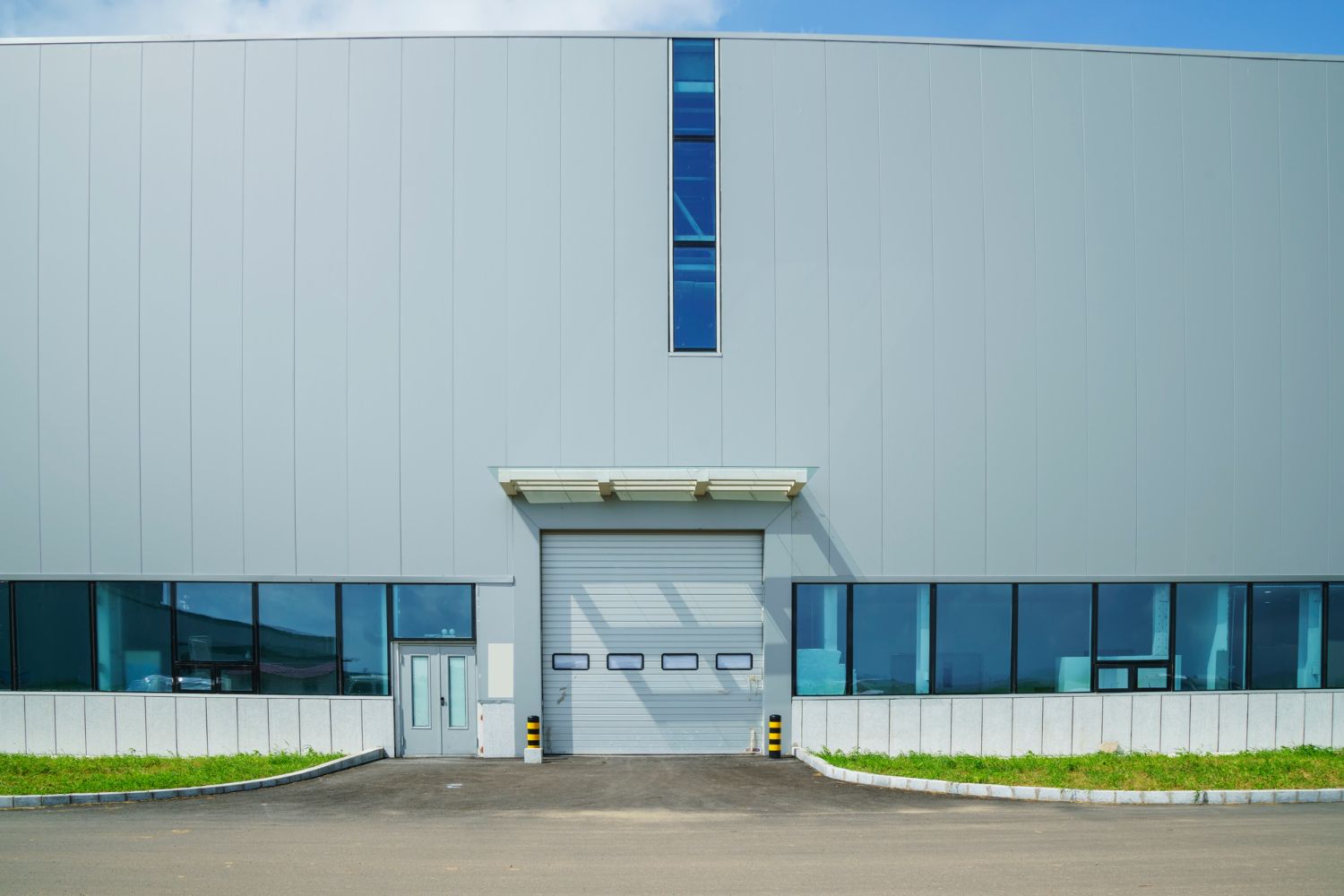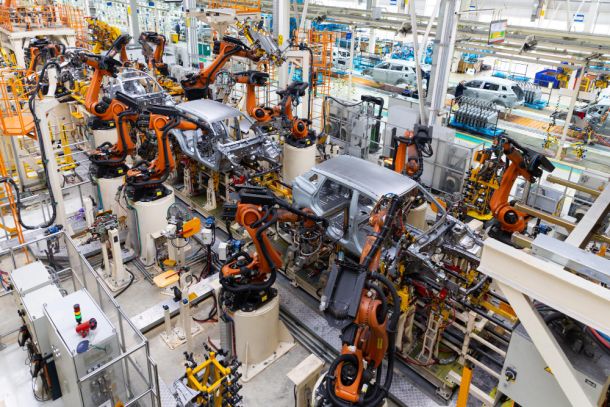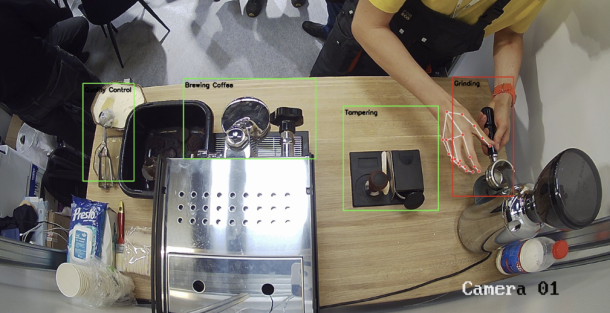Kitting: an essential component in modern manufacturing and supply chain processes
Table of contents:
- What is Kitting? Kitting and Assembly services for manufacturers, distributors and e-commerce business
- Reasoning behind automation of kitting and assembly solutions
- Kitting in supply chain. Kitting process in manufacturing, in warehouses, in logistics. Brief guide
- Kitting Lead: Managing the Kitting Process for Maximum Efficiency
- Kitting software. Main steps of fulfillment
Before giving the definition of kitting & assembly in manufacturing, we would like to highlight the key idea of the article:
How to control Assembly Accuracy?
The solution is to promote the concept of personal responsibility for the performed operation. The team of 5S Control business analysts carried out interviews among 24 manufacturers and 70,83 % of them mentioned that they use software to assess productivity on assembly lines. The functions of the system are the following:
 The system receives an order from the client to pack a kit of specific components.
The system receives an order from the client to pack a kit of specific components.
 The manager determines the person responsible for this task.
The manager determines the person responsible for this task.
 A worker installs an application on a mobile phone. The worker selects the assigned task. The data is automatically passed to the enterprise database: the order number, the name of the operation, the name of the worker.
A worker installs an application on a mobile phone. The worker selects the assigned task. The data is automatically passed to the enterprise database: the order number, the name of the operation, the name of the worker.
According to respondents' reviews, assembly accuracy improved and the number of mistakes became less, and we have all grounds to say that this happened due to the feeling of personal responsibility.
CONTACT us to explore how it works
And now let’s jump into kitting fundamentals!
In today's fast-paced world, businesses must remain competitive by offering customers high-quality products at competitive prices. Achieving this requires streamlining the manufacturing, production and supply chain processes fulfillment. Kitting is a process that helps businesses achieve these goals by assembling products from multiple individual items, components or parts. In this article, we will explore what kitting is, its benefits, and how it can help improve efficiency and reduce costs in the manufacturing and supply chain industries.
What is kitting? Kitting and assembly services for manufacturers, distributors and E-commerce businesses
Kitting, in simple terms, is the process of taking multiple items or components and combining them into a single package or assembly. This process is an essential component of many modern manufacturing and supply chain processes, as it allows businesses to optimize their operations by improving efficiency, reducing waste and increased productivity fulfillment. Kitting can be applied in a wide range of industries, including electronics, automotive, healthcare and consumer goods, among other items.
The kitting process typically involves several steps, including picking the required items from inventory, organizing and grouping them, assembling the individual components into a single package or assembly and then packaging and shipping the final product to the customer. This process can be customized to meet the unique needs of each business and its customers.
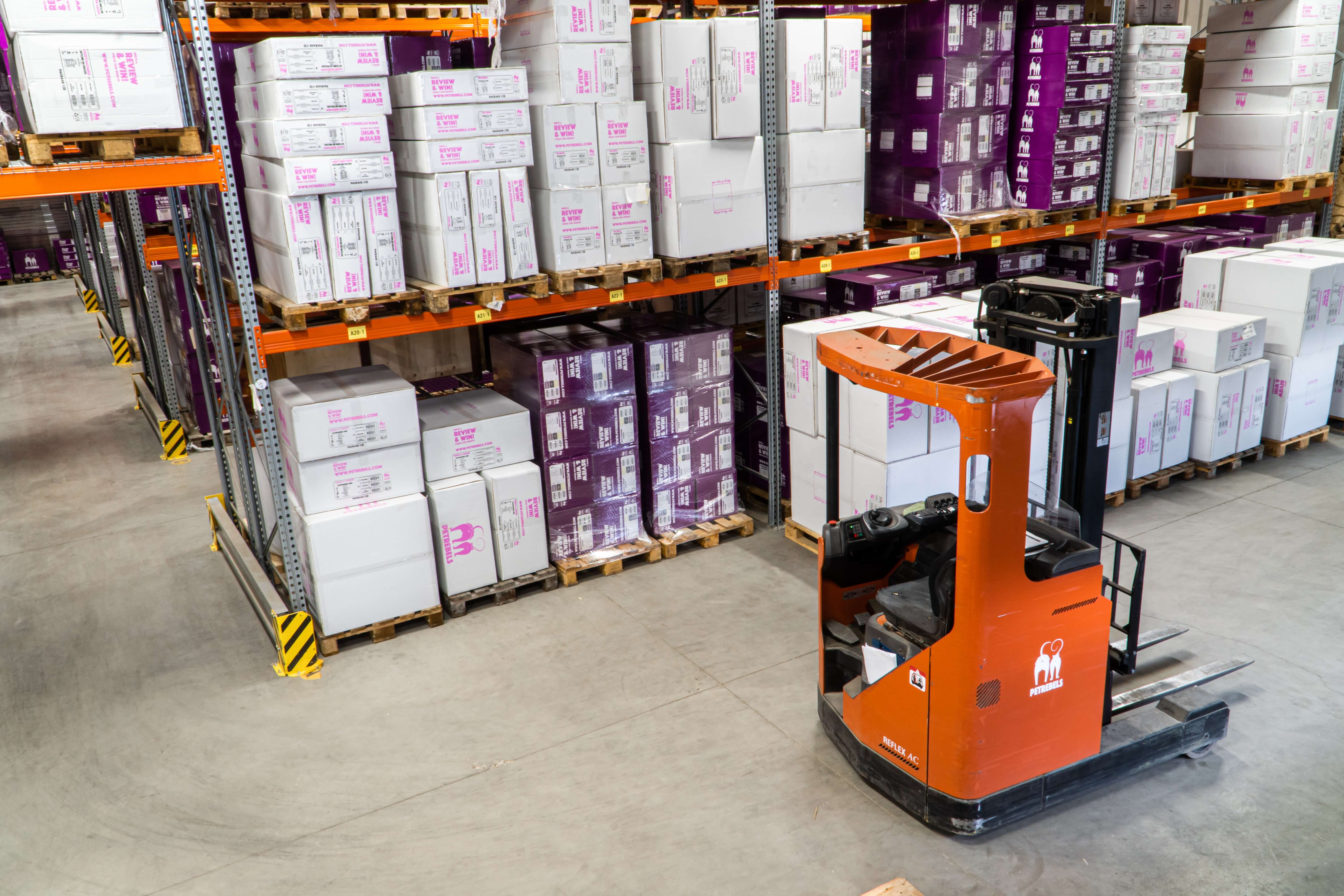
One of the primary benefits of kitting is its ability to streamline the manufacturing and supply chain processes. By assembling products from multiple items, businesses can reduce the time and resources required to produce finished products. This process can also help businesses reduce costs by minimizing the amount of waste and excess inventory they need to maintain.
Kitting can also improve the overall efficiency of the manufacturing and supply chain processes. By organizing and grouping the required items, businesses can reduce the time and effort required to pick, pack and ship products to customers. This can help businesses improve order accuracy, reduce errors, productivity and increase customer satisfaction.
Another benefit of kitting is its ability to help businesses customize their products to meet the specific needs of their customers. By assembling products from individual components, businesses can create customized solutions that meet the unique requirements of each customer. This can help businesses and producers increase customer satisfaction and loyalty, as well as improve their reputation in the market.
Automation of kitting and assembly solutions reasoning
Assembly is a process that presumes putting together a number of components to create a complex kit. Sophisticated models may be created from such kits (ex. the engine is assembled from numerous different parts). If the only any of the component is missed or damaged, it is impossible to create a model.
Usually items in a kit are arranged in disarray, thus the workers violate the QA norms.
Final inspection of assemblies, packages and kits is usually conducted manually. According to investigations carried out in 2004 by the International Labour Office (outcomes were published in the training package for Work Improvement in Small Enterprises), factory workers can focus on a single operation between 15 and 20 minutes. Then their concentration is lost and as a result the number of mistakes increases. The control of the process of assembling is able to lessen the disadvantages of the manual inspection stage. This stage is especially vulnerable for human errors.
Kitting in supply chain. Kitting process in manufacturing, in warehouses, in logistics. Brief guide
In addition to its benefits in manufacturing and supply chain processes, kitting can also be used in warehouse and fulfillment operations. By grouping and organizing items, businesses or/and producers can improve the efficiency of their warehouse operations and reduce the time and effort required to fulfill orders. This can help businesses reduce costs, increase productivity, and improve order accuracy.
One of the most significant advantages of kitting is its ability to improve the overall efficiency of the manufacturing process. By assembling products from multiple components, businesses can reduce the time and resources required to produce finished products. This is because kitting allows businesses to simplify the assembly process, making it faster and more streamlined. Additionally, kitting can help businesses reduce costs by minimizing the amount of waste and excess inventory they need to maintain.

Another benefit of kitting is its ability to improve the overall efficiency of the supply chain process. By organizing and grouping the required items, businesses can reduce the time and effort required to pick, pack and ship products from the warehouse to customers. This can help businesses improve order accuracy, reduce errors and increase customer satisfaction. Additionally, kitting can help businesses reduce shipping costs by optimizing packaging and reducing the size and weight especially when it concerns warehouses.
Kitting Lead: Managing the Kitting Process for Maximum Efficiency
The kitting lead is responsible for managing the kitting process from start to finish. This involves overseeing the entire process, from picking the required items from inventory to packaging and shipping the final product to the customer. The kitting lead must ensure that the kitting process is efficient, cost-effective, and meets the unique needs of the business and its customers.
One of the primary responsibilities of the kitting lead is to manage the inventory of components and items required for the kitting process. This involves ensuring that there is sufficient stock of all items to meet production demands and that excess inventory is minimized to reduce waste and cost. The kitting lead must also ensure that all inventory is properly organized and stored for easy access during the kitting process.
The kitting lead is also responsible for managing the kitting process itself. This involves coordinating with other departments to ensure that all required items are available for the kitting process and that all components are assembled correctly. The kitting lead must ensure that the kitting process is optimized for maximum efficiency and that all quality control measures are in place to ensure that the final product meets the highest standards.
Another critical responsibility of the kitting lead is to manage the packaging and shipping of the final product. This involves ensuring that the final product or products is packaged correctly and that all necessary documentation and labeling are in place. The kitting lead must also ensure that the product is shipped on time and that all shipping and logistics processes are optimized for maximum efficiency.
To be effective, the kitting lead must possess several key skills and qualities. They must have a deep understanding of the kitting process, including the various components and items required, as well as the packaging and shipping processes. The kitting lead must also have excellent organizational skills and be able to manage multiple tasks simultaneously. They must have strong communication skills and be able to coordinate effectively with other departments and stakeholders.
In conclusion, the kitting lead plays a critical role in managing the kitting process for maximum efficiency and productivity. They are responsible for overseeing the entire process, from inventory management to packaging and shipping the final product. By optimizing the kitting process, businesses can reduce costs, improve efficiency, and increase customer satisfaction. With the right skills and qualities, a kitting lead can help businesses and producers achieve these goals and remain competitive in today's fast-paced business environment.
Kitting software. Main steps of fulfillment
Kitting software has already become an essential tool for optimizing the kitting process. Kitting software streamlines the entire process, from inventory management to packaging and shipping, to ensure maximum efficiency and productivity. In this article, we will explore what kitting software is, its benefits, and how it can help businesses optimize their kitting processes.
Kitting software is a computer program designed to manage and streamline the kitting process. It provides a centralized platform for managing inventory fulfillment, assembling products and packaging, plus shipping the final product. Kitting software fulfillment can also automate many of the manual tasks involved in the kitting process, such as tracking inventory levels and creating packaging labels for the products, to reduce the risk of errors and increase efficiency.
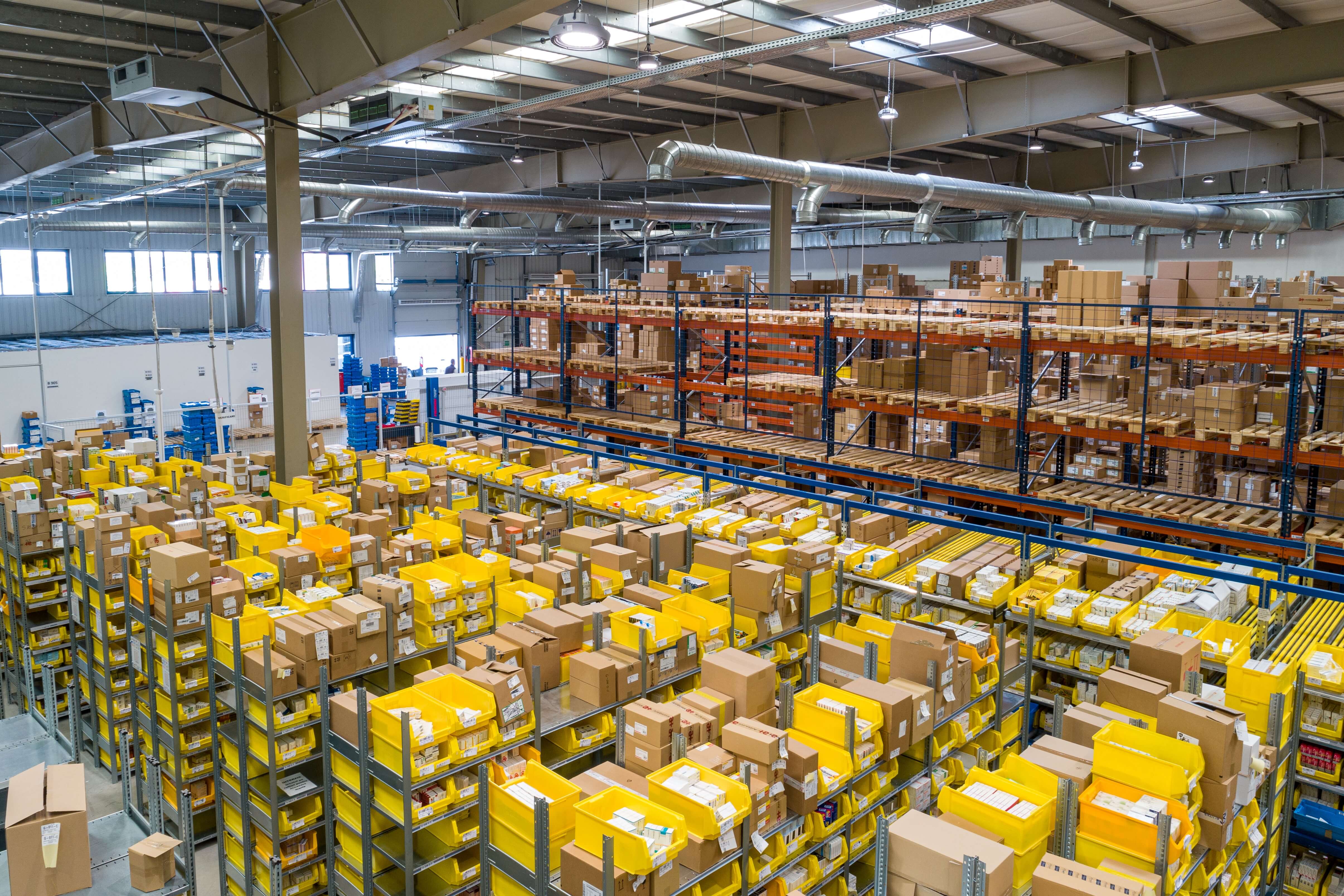
One of the primary benefits of kitting software is increased efficiency. By automating many of the manual tasks involved in the kitting process, businesses can reduce the time and resources required to complete the process. Kitting software can also help businesses manage inventory more effectively, ensuring that all required items are available when needed and reducing excess inventory to minimize waste and cost.
Another key benefit of kitting software is increased accuracy in production. By automating many of the manual tasks involved in the kitting process, businesses can reduce the risk of errors and ensure that the final product meets the highest standards of quality. Kitting software can also provide real-time data and analytics to help businesses track performance, productivity and identify areas for improvement.
In conclusion, kitting software is an essential tool for businesses looking to optimize their kitting processes. It streamlines the entire process, from inventory management to packaging and shipping, to ensure maximum efficiency and productivity. By automating many of the manual tasks involved in the kitting process, businesses or producers can reduce the risk of errors, increase accuracy and improve productivity as well as customer satisfaction. With the right kitting software in place, businesses can remain competitive in today’s fast-paced business environment and meet the unique needs of their customers.
Best of all, our kitting software is FREE. Visit our GitHub page to access our software and start optimizing your business processes today.








